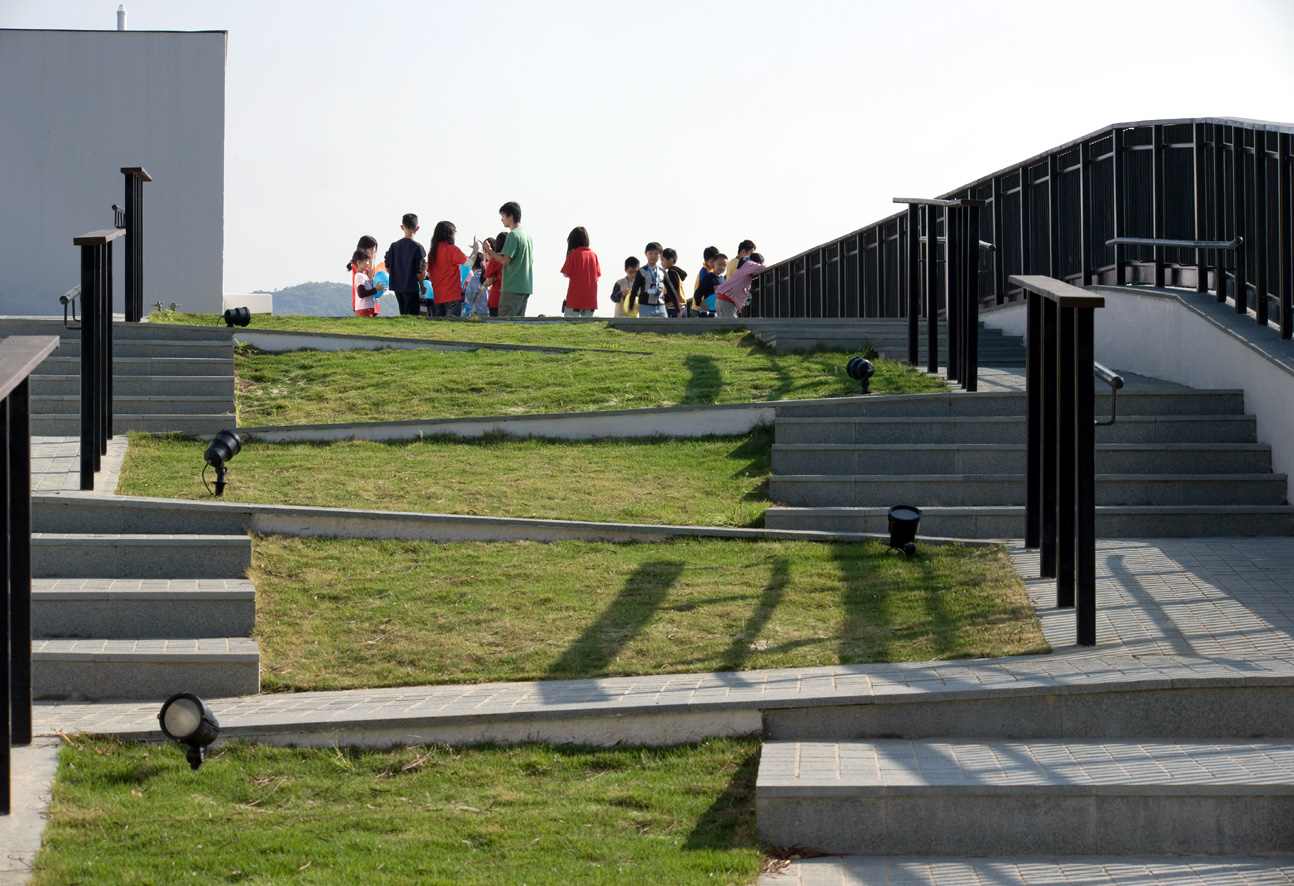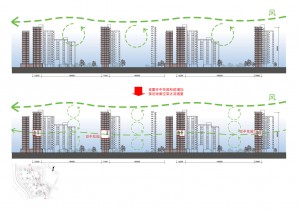The concept of designing sustainable buildings is not a new one, but it is one that has rapidly gained momentum in recent years as awareness around the environment, carbon emissions and resource scarcity has grown.
These are groups of designers and planners that are committed to creating buildings that reduce their impact on human health and the environment by striving to be carbon neutral, reduce the volume of energy, material and water resources they consume, and limiting the amount of waste and pollution they produce.
One such firm is Ronald Lu & Partners (RLP), a multi-disciplinary architecture and interior design firm that dedicated to the delivery of world-class projects across the globe. Its sustainable architecture includes master planning, new construction, regeneration and research, and has been involved in a number of sustainable projects which back this green reputation up.
HKYWCA Guesthouse and Facilities
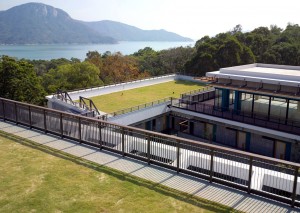 In Hong Kong, RLP’s design for the YWCA Guesthouse and Facilities on Lantau Island combines flexibility in meeting, and exceeding, user requirements with practical green strategies.
In Hong Kong, RLP’s design for the YWCA Guesthouse and Facilities on Lantau Island combines flexibility in meeting, and exceeding, user requirements with practical green strategies.
Located on a scenic one-hectare site, the project involves the redevelopment of a 30-year old camp site, to enhance the facilities in support of the organisation’s expanded programme. The project has four components: outdoor activity areas, dormitories, function rooms which include a canteen, and staff and utility facilities. 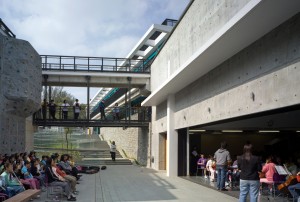
Although RLP worked with the same square footage, the new camp is much larger to meet the client’s requirements for more guests and staff accommodations. Mimicking the gentle contours of the rolling hillside, the form is a continuous loop covered by a “green” roof; a grassy lawn adorns the flat surface on top of the buildings.
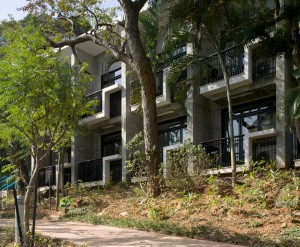 This provides an outdoor activity platform for the camp and also acts as a thermal insulator for the dormitories and function rooms below it. Prolonged heat build-up is reduced with cantilevered roof extensions; these further provide a series of compelling shadows that shift and elongate with the direction of the sun. Ecologically friendly materials used include non-toxic paint, recycled wood and fair-face concrete.
This provides an outdoor activity platform for the camp and also acts as a thermal insulator for the dormitories and function rooms below it. Prolonged heat build-up is reduced with cantilevered roof extensions; these further provide a series of compelling shadows that shift and elongate with the direction of the sun. Ecologically friendly materials used include non-toxic paint, recycled wood and fair-face concrete.
Charming Port, Chengdu
RLP is also actively involved in championing green initiatives outside of Hong Kong’s borders and recently finished work on the Charming Port development project in Chengdu, China. This large-scale riverside development was built with the goal of creating a “sustainable community within the city”, and comprises thirty 13 to 18 storey residential buildings and associated facilities, covering 255,000 m2 with a total gross floor area of 8.7 hectares.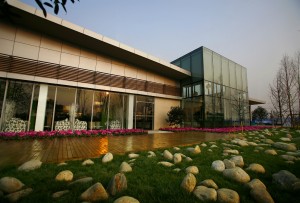
Buildings in the development were positioned to capture the prevailing winds, maximising the potential for natural ventilation in both interior and exterior environments. Sky-gardens were also strategically placed throughout the site to optimise the natural ventilation of open spaces. Greenery, which dramatically improves the living quality of mid-rise residential environments, was integrated within the architectural design in a three dimensional way, from sunken courtyards, ground level landscaping features and sky-gardens to rooftop terraces, which create a liveable community in harmony with nature.
Research – Consultancy Study
RLP also focuses on research into order to build awareness around optimising sustainable design, working with both government and private organisations. The firm was recently completed a consultancy study on building design that supports the sustainable urban living space in Hong Kong, which is being used to review existing legislation.
The report focused on promoting building design that facilitates better air ventilation, mitigates the heat island effect, enhances the pedestrian environment, and encourages the practice of incorporating more greenery into buildings.
Ultimately though, one firm cannot lead the charge alone, and nor does it have to, with more and more professionals within the planning, design and construction industry committing themselves to real sustainability and not just window dressing.This awareness is also spreading to the wider society, with governments, the private sector and the public becoming increasingly aware that going green is essential and not merely a nice to have.
And while there is a still a long way to go both in terms of regulation, best practice, adoption, technology and a host of other factors, there are clear signs beginning to emerge that we can all look forward to a future that is cleaner and greener.














